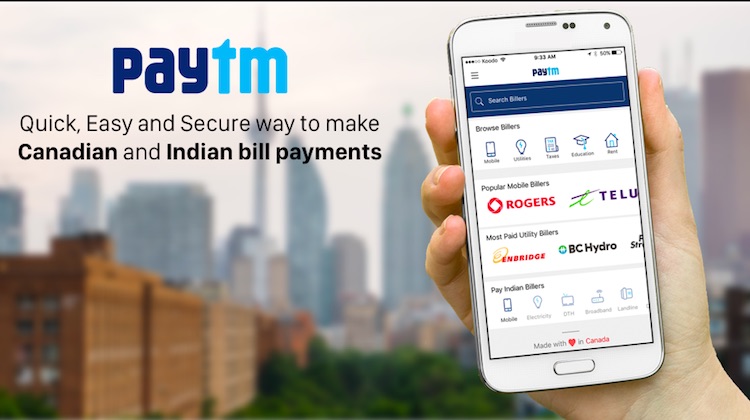Payments
Inside Paytm’s international expansion plans
- India-based mobile payments platform Paytm is using Canada as a testing ground for its international growth strategy
- Paytm has been able to zero in on solving a pain point among Canadian consumers; the challenge is to do so on a larger scale








